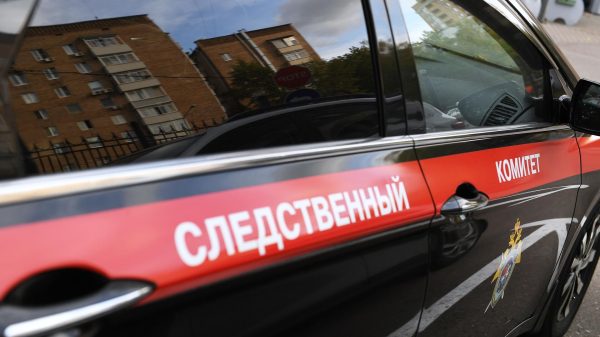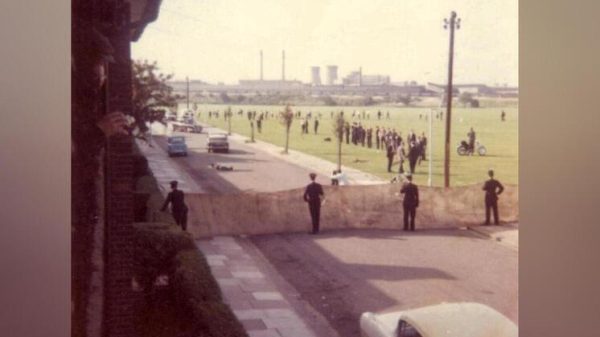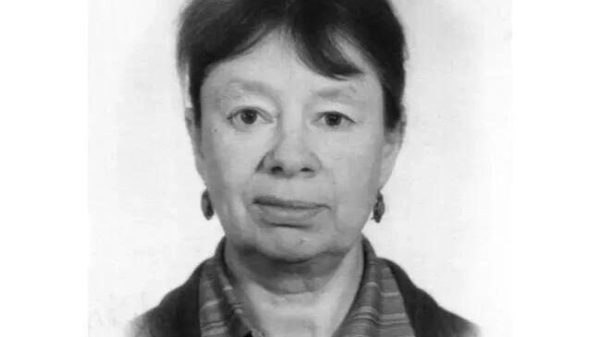
Black History Month presents an opportunity to highlight historical episodes and figures not given due (or any) prominence in UK schools.
Here are 10 examples of black history I was not taught in school.
1. West Indian soldiers in the first world war
The contributions of the 15,204 men who served in the British West Indies Regiment have largely been forgotten in the UK’s remembrance of the great war.
From the Bahamas to British Guiana, men across the West Indian colonies heeded the call for volunteers from the “mother country” in 1915 at their own expense and peril.
They weren’t allowed to fight alongside white soldiers and faced racism from their comrades and enemy soldiers alike. From the trenches of the western front to the theatres of the Middle East and Africa, they carried out dangerous jobs such as loading ammunition, laying telephone wires and digging trenches. There is evidence some also saw combat.
After the armistice, they were moved to an army base in Taranto, Italy, and tasked with loading ammunition and cleaning clothes and latrines for white soldiers, who were given a pay rise. Broken by this final indignity, the soldiers mutinied. One was executed, others jailed, and they were excluded from the victory parades that marked the end of the war.
2. The Bristol bus boycott

A watershed moment in the UK’s civil rights struggle was a boycott of the Bristol bus network after 18-year-old Guy Bailey was turned away from a job interview at the state-owned Bristol Omnibus Company because he was black. The policy was an open secret at the company and was legal at the time.
Members of the black community, organised by Paul Stephenson, Roy Hackett and Bailey and supported by many of their white neighbours, led a boycott of the buses in protest in 1963. After four months, the bus company relented. The victory proved a milestone, overturning the ban on ethnic minorities working on Bristol’s buses and marking a significant step towards the UK’s first laws against racial discrimination.
3. The Notting Hill carnival
Attended by more than a million people each year, the Notting Hill carnival is the largest street party in Europe. But how many Britons could tell you about its origins?
It started with human rights activist Claudia Jones, who was born in Trinidad in 1915 and spent much of her life in New York until she was deported from the US for being a member of the Communist party. Given asylum in England, she threw herself into the anti-racist struggle.
In response to the Notting Hill riots of 1958 – the worst race riots Britain had ever seen – and the racist murder of Kelso Cochrane, Jones launched an indoor Caribbean carnival in St Pancras in 1959 to bring people together. Further indoor events were held throughout the 1960s, finally taking to the streets of Notting Hill in 1965. Five decades later, it is second only in size to Brazil’s Rio carnival.
4. John Blanke, the black trumpeter
The Tudor period was significant for black settlement in Britain.
Among the settlers was trumpeter John Blanke, a regular musician at the courts of both King Henry VII and Henry VIII, and the first black Briton for whom we have both their name and picture. He appears on horseback in the royal procession in a 60ft-long scroll commissioned by Henry VIII depicting the extravagant Westminster Tournament of 1511, which was held to celebrate the birth of a son.
He was paid 8d a day in wages, until he successfully petitioned the king to double this to 16d.
5. ‘Beachy Head woman’
The remains of one of the earliest black Britons were uncovered in a village in East Sussex, where she is thought to have lived nearly 1,800 years ago in 245AD, the middle of the Roman period in Britain.
The mysterious, ancient skeleton, of the “Beachy Head woman”, is believed to be the first known person in Britain from sub-Saharan Africa — which was beyond the domain of the Roman empire.
6. ‘Ivory bangle lady’
One of the wealthiest inhabitants of fourth century Roman York was a middle-class woman of black African ancestry. The “ivory bangle lady” was discovered in 1901 inside a stone sarcophagus with grave goods including jewellery made of Yorkshire jet and African elephant ivory, a glass mirror and a blue glass jug.
Experts hailed her discovery as challenge to the assumption that Africans in Britain at the time were not wealthy and likely to have been slaves.
7. Britain’s black miners
The contributions of the many non-white workers who toiled in the UK’s coalmining industry have largely been forgotten.
Amid severe labour shortages in industry in the aftermath of the second world war, they came to Britain at the government’s invitation and filled vacancies in vital industries, including in coalmines, where they worked as coalface workers, chargehands, deputies and union representatives.
It is estimated there were hundreds of African-Caribbean men working in the mines in Nottinghamshire, Leicestershire, Yorkshire, Bristol, Kent, Durham, south Wales and Scotland. The Gedling Colliery in Nottinghamshire was known as “The Pit of Nations” and it was thought that at least a quarter of its workforce between the 1950’s and 80’s were black.
8. The sacking of Benin
Benin City, originally called Edo, was once the capital of a pre-encounter African empire in what is now southern Nigeria. It was one of the oldest states in west Africa, dating back to the 11th century.
At the height of the scramble for Africa, the “Benin expedition” of 1897 led to British troops punitively sacking the ancient city after it defied the British empire by imposing customs duties. The city’s walls – at the time the world’s largest earthworks created in the pre-mechanised era and four times the length of the Great Wall of China – were razed. The city was burned to the ground and its treasures looted.
Much of Benin’s artworks and artefacts were taken to Britain where many were auctioned as war booty or gifted to museums across Europe.Hundreds of the stolen artefacts still reside in museums, galleries, universities and private collections across the UK. The Benin bronzes, in particular, remain the subject of demands for repatriation.
9. The Haitian Revolution
The Haitian Revolution was one of the largest and most successful slave rebellions in history. Over 12 years of uprisings formerly enslaved Africans overcame colonial rule, ending slavery in France’s most profitable colony and establishing the first independent black republic in the Americas.
In the 18th century, the white population made up 40,000 of Saint-Domingue’s residents, while the slave population was close to half a million – outnumbering them 10 to one.
The enslaved began a violent rebellion against the white landowners in 1791, led by the Haitian-born former slave Toussaint L’Ouverture. In 1794, the French government officially freed all slaves in the colonies and made them full citizens.
When Napoleon came to power, he sent French troops to regain control of Saint-Domingue. L’Ouverture’s successor, Jean-Jacques Dessalines, eventually defeated the French and forced them out, establishing the independent nation of Haiti in 1804.
10. The British Black Panthers
The story of the British Black Panthers has also largely been forgotten.
Inspired by the American Black Power movement, the BBP was founded by Obi Egbuna in Notting Hill, London, in 1968. Though not an official branch of the American organisation, the BBP adopted the symbols of military jackets, berets and raised fists.
Under Altheia Jones-LeCointe’s leadership from 1970, it transformed into a highly effective organisation built on working-class solidarity and community activism. The Panthers focused on grassroots organising, fighting racial discrimination in jobs, housing, education and health.
Their most influential success was their defence of the Mangrove Nine. During a demonstration against police brutality , nine black leaders – including Jones-LeCointe and Darcus Howe – were arrested and charged with inciting a riot. After representing themselves and demanding an all-black jury, they were acquittedand the judge publicly acknowledged “evidence of racial hatred” in the London police.
-
To buy the Guardian’s Black history wallcharts, visit the Guardian bookshop and use code 15CHART for a 50% discount.






















































Свежие комментарии